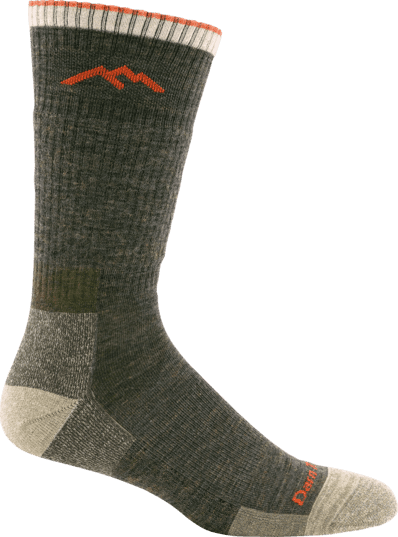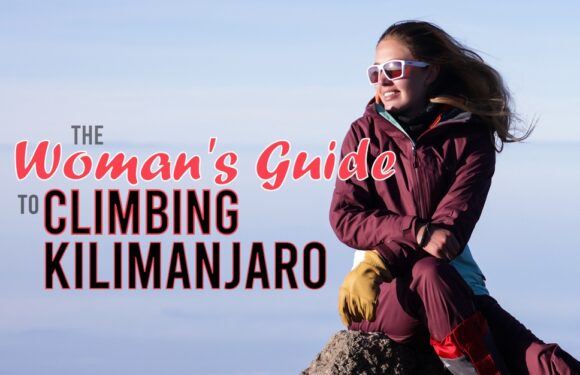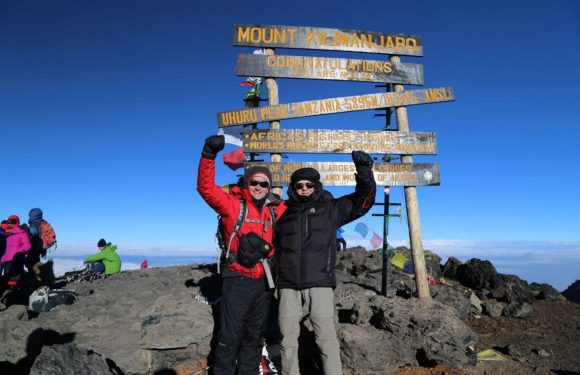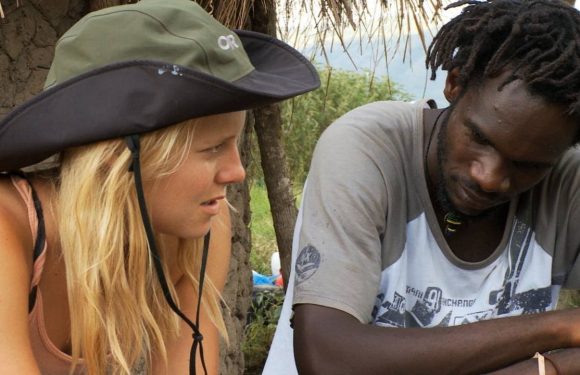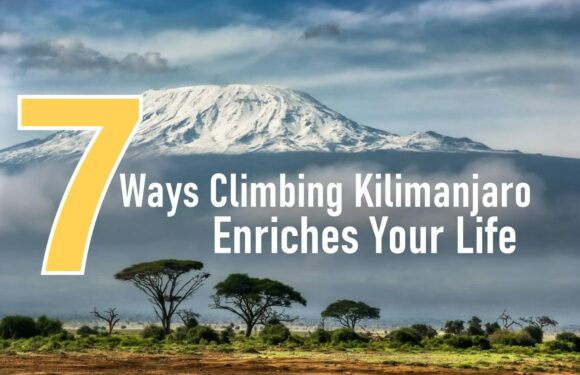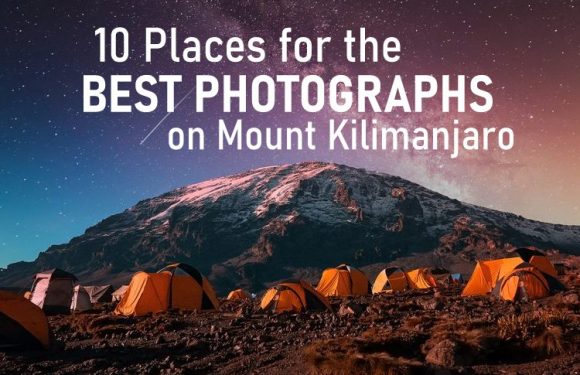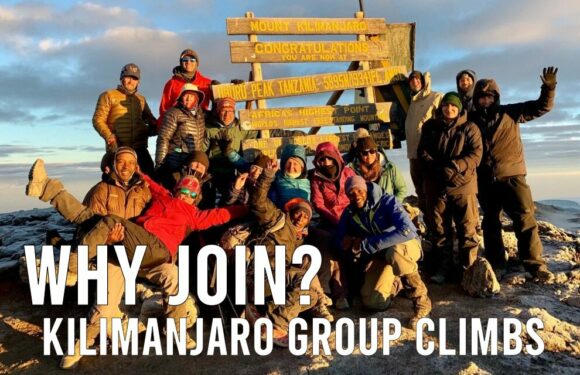
Can you recommend socks for a Kilimanjaro hike?
You can have the best gear, but if you choose the wrong sock, it can all be for nothing. Your socks can mean the difference between a miserable and painful expedition or a wonderful time.
Your feet take the brunt of the abuse on a peak like Mount Kilimanjaro. It only makes sense that you take care of them with the best boots, shoes, and socks. It is well worth the time and money to choose the right footwear from the start.
What Should I Look for in a Hiking Sock?

Our gear list recommends bringing four pairs of socks. Those with a history of foot issues or those who are less experienced can bring extras just in case. Fresh pairs help, especially on summit day.
As with the boots and shoes, the most important consideration is fit. Choose socks that feel snug but are not constrictive. The sock heel should sit on your heel, not under it or above it. The toe seam should lie flat along the top of your toes, not above or below. And the sock should be taut across the foot with no sagging material. Socks should not slide down as you hike.
Sock Fit
It’s recommended to have your feet measured at your local outdoor store, then match your socks to your true size. This is better than opting for the same size as your hiking boots, which are commonly bought the next size up. Sizes vary among brands and the best way to find out which fits is to simply try them.
Sock Length

The next thing to figure out is what length of sock to get. The hiking sock should be at least low calf (crew socks) to as high as over the calf (knee highs, not pictured). These lengths will work on Kilimanjaro but what you choose depends on your preference. Just remember that the top of the sock needs to sit above the top edge of your shoes or boots to avoid any rubbing, which can lead to soreness and blisters.
We do not recommend ankle length socks (mini-crew socks or micro-crew socks) or shorter styles; they are not good for warmth or protection on the mountain.
Sock Weight

The weight, or thickness, of a sock is determined mainly by the construction of the sock and the material. The cushioning of a sock is usually correlated to the weight of the sock. The thicker the sock the better the cushioning.
Light weight socks are made for warm weather hiking, but can certainly work on Kilimanjaro if your feet do not tend to get cold. Medium weight socks provide an all-round balance of warmth and comfort. You can also double up on your socks to achieve more insulation when needed. We suggest bringing lightweight or medium weight socks for Kilimanjaro.
Heavyweight socks are better at absorbing the impact of walking and are substantially warmer. This is not always a good thing as heat buildup causes sweaty feet, a potential precursor to blisters. You might want to have one pair of thick cushioned socks just for the summit attempt. But on the rest of the hike, you should have lighter options.
Sock Material
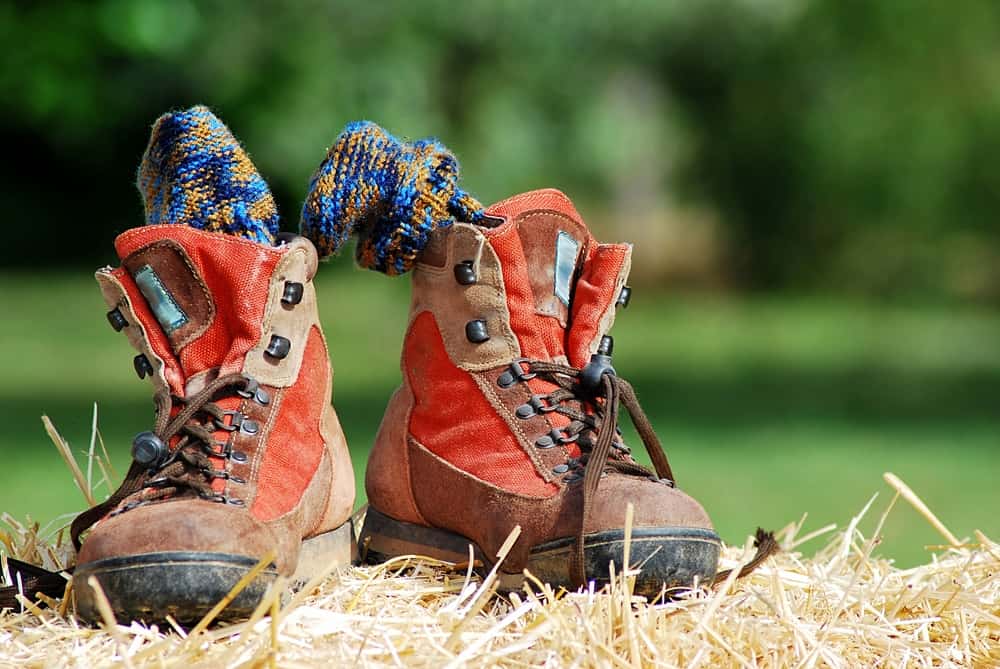
The material of a sock is the key to its breathability, warmth, and ability to keep you dry. For climbing Kilimanjaro, we suggest merino wool or synthetic socks. These materials have properties that use water as an insulator to keep your feet warm even if it’s cold outside.
Wool is probably your best all-around choice. A short-fiber wool, like merino, is best. Merino wool does a great job at wicking away moisture and it tends not to stink as much as synthetic fabrics. It insulates when wet too. Merino wool socks tend to be most expensive.
Synthetic materials provide a good alternative to wool. These can be polyester, nylon, and even acrylic. Compared to wool, synthetic socks generally don’t have the same temperature comfort range. However, because the fiber itself doesn’t absorb liquid they typically manage moisture even better than wool does.
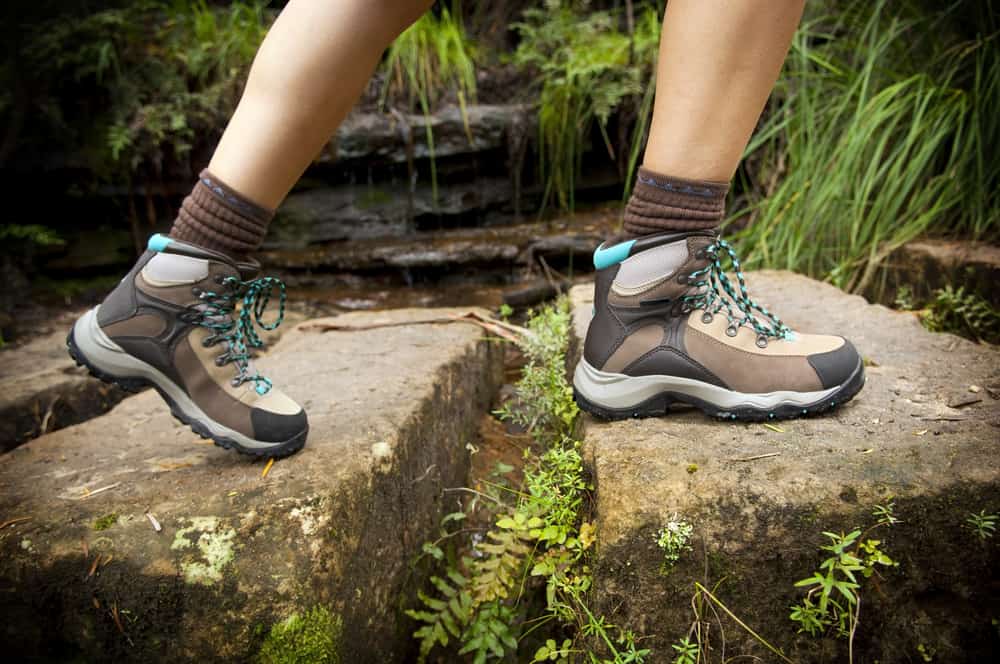
Do not use cotton socks. Although cotton is a lightweight, breathable, and durable, it absorbs moisture too easily resulting in feet that are cold and clammy. Cotton, as a rule, does not work well for alpine environments.
What are the Best Socks for Climbing Kilimanjaro?
It’s almost silly to make recommendations for socks as there are so many great brands and models out there. What you find the best will depend on your foot and your personal preferences. Just go try on a few and make a selection.
However, if we must, we can recommend these pairs as a starting point. They are general, all around, popular hiking socks that work for almost everyone.
Darn Tough Hiker Boot Sock Full Cushion
This seamless, merino wool blend sock has a performance fit, fine gauge knitting and all weather performance. It is a mid-calf sock with high density cushioning for extra comfort.
You can find them here for about $30.
Icebreaker Hike Lite Crew Sock
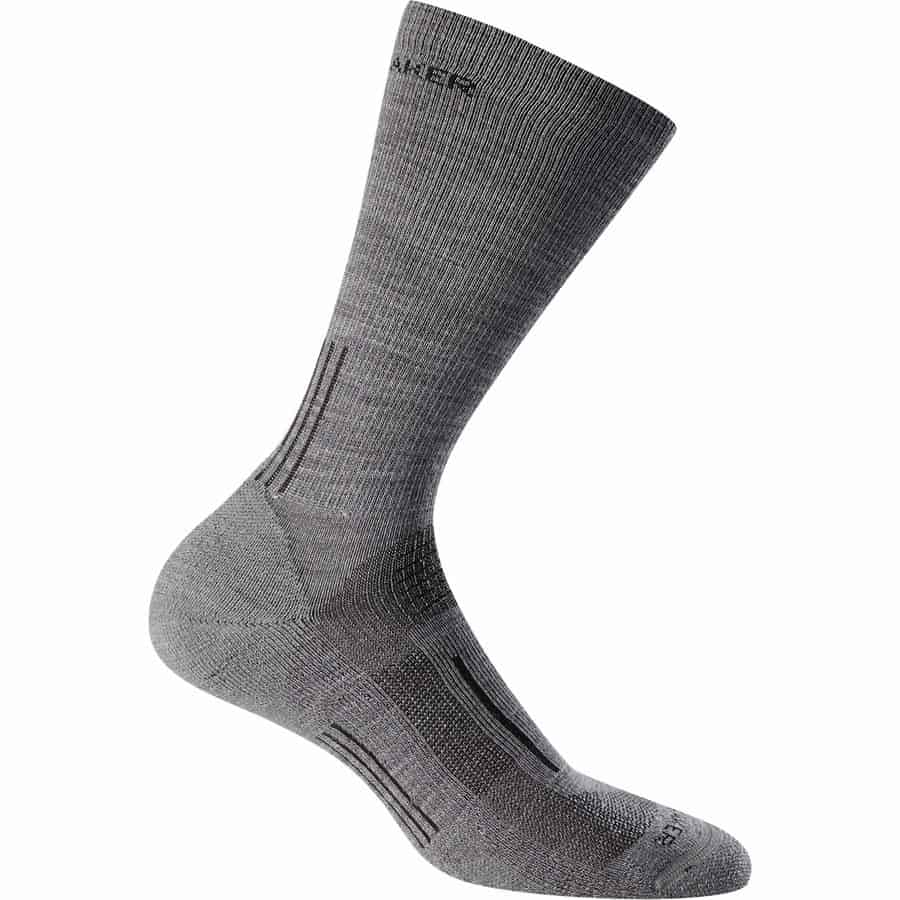
Icebreaker’s lightweight hiking sock is made of a merino wool, nylon and lycra blend. It is crew length with medium cushioning.
Available here for about $20.
Smart Wool Classic Full Cushion Crew Socks

These Smart Wool socks were designed for rugged hikes like Kilimanjaro. Made of a merino wool blend, the sock has a crew length, flat knit toe seam, medium cushioning, and elasticized arch for added support.
Smart Wool socks can be purchased here for about $20.
Do You Recommend Sock Liners for Kilimanjaro?
We do. Sock liners or ‘liner socks’ are thin socks designed to be worn underneath your main hiking socks. They help prevent blisters by 1) absorbing the friction and motion between the feet and the hiking socks, and 2) wicking moisture away from the foot and into the hiking sock.
To be on your feet for many hours per day, plus an epic day to the summit and down, it can be easy to develop blisters. A sock liner drastically reduces the chance of getting blisters.

Liner socks are commonly made of silk, nylon, polyester, or wool. They should be very thin and pretty tight. They are designed to move with your foot without rubbing.
REI COOLMAX EcoMade Liner Crew Socks
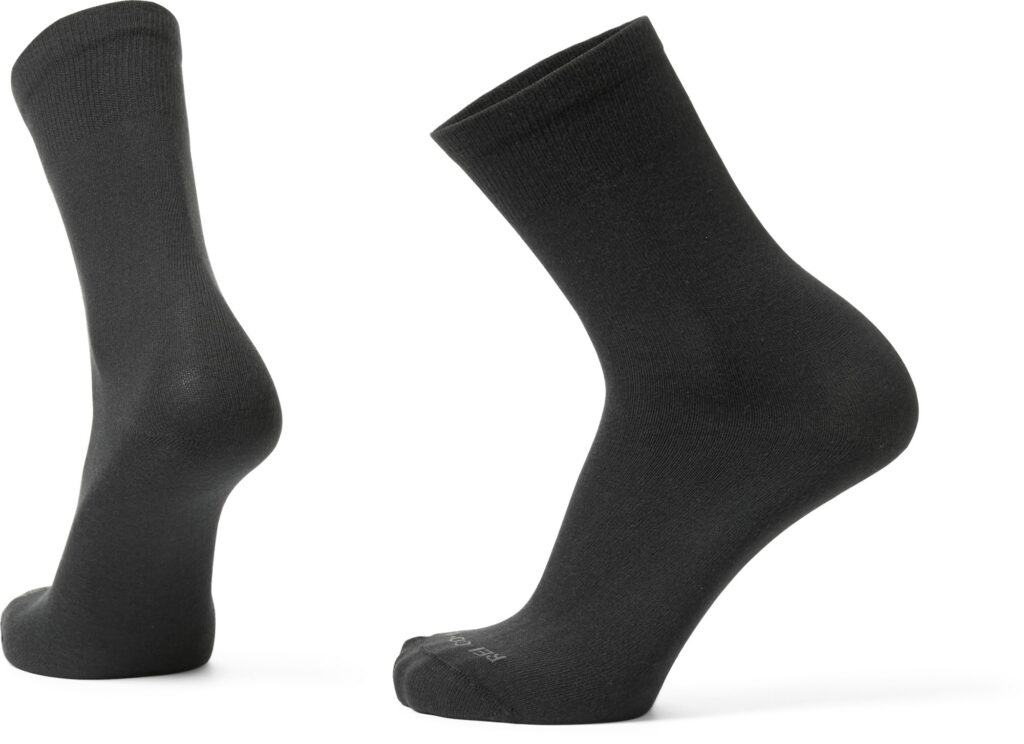
These liner socks are made from an ultra-lightweight blend of Coolmax, stretch nylon and spandex. They might not be the most exciting looking socks but they do their job.
These liner socks retail for around $12 and can be found here.
Injinji Liner Crew

Toe sock liners take liners a step further by having a pocket for each toe, thus removing any chance of bare toes rubbing against teach other.
Injinji’s liner crew is an exceptional, lightweight liner made of Coolmax and nylon fibers for exceptional moisture management, breathability, durability and softness. The five-toe design minimizes skin-on-skin friction and lets your foot work naturally for better alignment and feel underfoot.
These liners can be purchased at here for around $12.
You can find all your outdoor gear at these preferred retailers:
__________

See Are You Wearing the Right Shoe Size to Climb Kilimanjaro?
See Can You Recommend Shoes for Climbing Kilimanjaro?
See Can You Recommend Boots for Climbing Kilimanjaro?
See Trail Shoes vs. Boots on Kilimanjaro – Which are Better?



















































